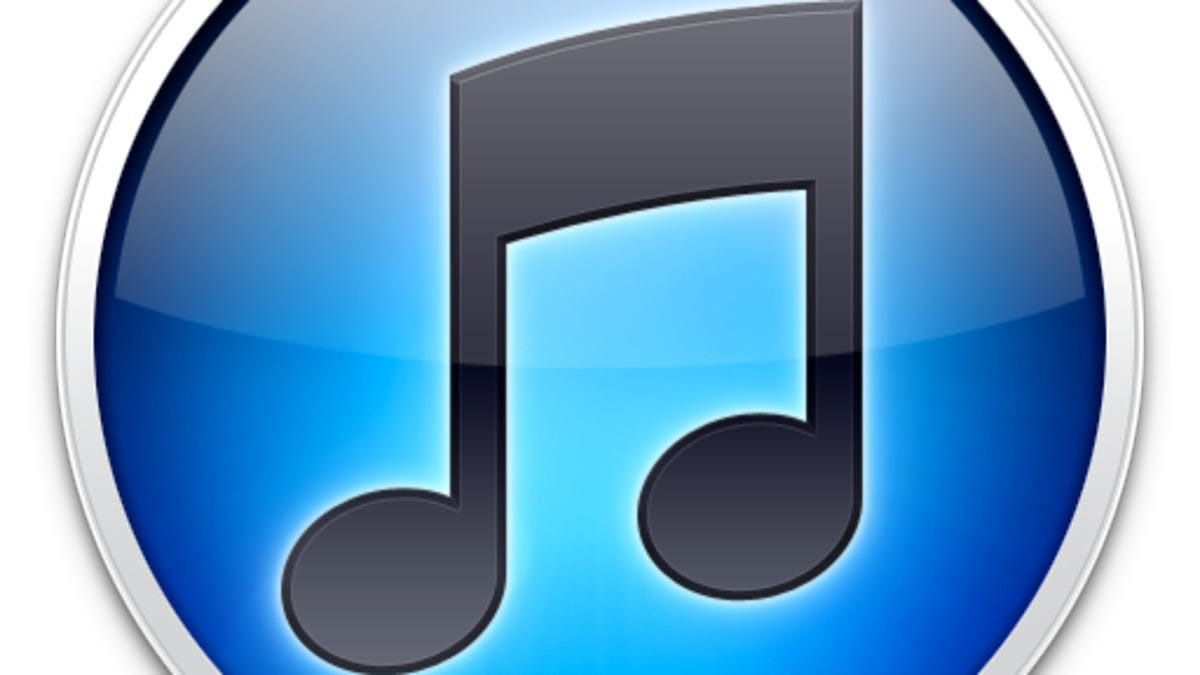Manually transfer your iTunes library to a new Mac
If you wish to transfer your iTunes library to a new system, then you can do so with a few easy steps.

If you use Apple's iTunes for your media library on your Mac, then you might at some point need to transfer the library to a new or different system. While you can always use Apple's Migration Assistant utility to transfer files and accounts to other computers, you might find it easier to simply copy your iTunes library folder, if that is the only thing you need to transfer.
The transfer of the iTunes library is relatively easy to do manually, and involves two mains components: the transfer, and the assignment of the library to iTunes on the new machine.
Library transfer can be done in several, and perhaps obvious ways, using a USB thumb drive or hard drive, or via networking and file sharing. Depending on the size of your library and the connection speed of your Wi-Fi network, you might consider using a direct Ethernet connection or other option to swiftly transfer your library between computers.
When your systems are connected, you can transfer the iTunes folder from the Macintosh HD > Users > username > Music directory on the old system to the same directory on the new system, replacing the current iTunes folder (if present), and then simply launching iTunes. Since this is the default location for the iTunes library, the program should simply adopt the new library and its media; however, if it does not, or if you have placed the copied library in a different location, then you will not see your music in iTunes and will have to re-associate your library with the program.
To do this, quit iTunes and re-launch it while holding Option. When you do this, you will see a library selector window pop up which offers an option to create a new library or to choose an existing library. Select the option to Choose Library, and then navigate to the iTunes library folder you previously copied, and select the "iTunes Library.itl" file within.
Now when iTunes launches, you should see your music and playlists appear. But now you will need to ensure your media folder is properly set so iTunes can find the files for your songs. To do this, go to the Advanced section of the iTunes preferences, and click the "Change..." button. Now navigate to the iTunes folder you copied to the system, and choose the iTunes Media folder within it.
With these settings checked, iTunes should now properly associate your library and media files, and you should be up and running. The only additional step you may need to complete is to sign in with your Apple ID so any DRM-protected files can be played.
Questions? Comments? Have a fix? Post them below or
e-mail us!
Be sure to check us out on Twitter and the CNET Mac forums.

